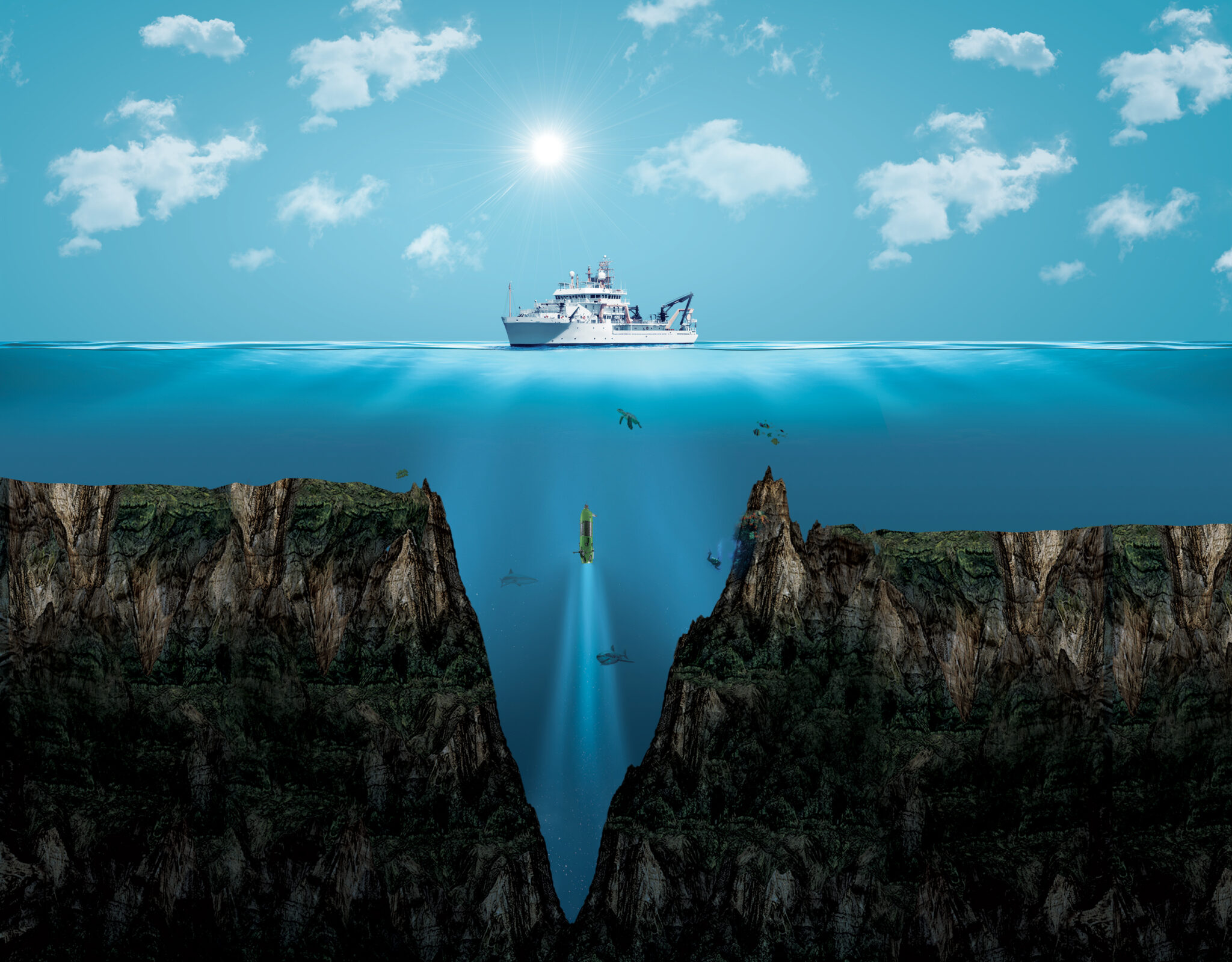The Mariana Trench, an arched trench with a crescent shape, lies in the western Pacific Ocean, situated just east of the Mariana Islands near Guam. This surrounding region showcases an extraordinary and unparalleled natural environment. As the deepest part of the Earth’s oceans, the trench subjects its inhabitants to pressures approximately 1000 times greater than those experienced at sea level. Remarkably, organisms living in this extreme environment have adapted to withstand such immense pressure.
Within the Mariana Trench, one can find active mud volcanoes and vents that release liquid sulfur and carbon dioxide, contributing to its distinctive and dynamic nature.
Key Takeaways: Mariana Trench
- The Mariana Trench is located in the western Pacific Ocean, east of the Mariana Islands and near Guam.
- It is the deepest oceanic trench on Earth, reaching a maximum known depth of about 10,928 meters (35,856 feet) at a location known as the Challenger Deep.
- The trench was created by the process of subduction, where one tectonic plate is forced beneath another. In this case, the Pacific Plate is being subducted beneath the smaller Mariana Plate.
- The first detailed exploration of the Mariana Trench was conducted in 1960 when the bathyscaphe Trieste, with Jacques Piccard and Don Walsh onboard, descended to the Challenger Deep.
- Despite the harsh conditions, the Mariana Trench is home to a variety of unique and adapted organisms, including amphipods, snailfish, and various microbial life.
While Mount Everest has been successfully climbed by thousands of individuals, only three people have had the opportunity to descend to the Earth’s deepest point. The historic dive occurred in 1960, when two scientists embarked on a journey aboard the Trieste submarine. More recently, in 2012, film director James Cameron accomplished the same remarkable feat, adding to the limited roster of individuals who have explored these depths. The Mariana Trench continues to captivate explorers and researchers alike, as its extreme depths and inhospitable conditions present an enduring mystery and a challenging destination for scientific inquiry and exploration.
Mariana Trench: Features of the Deepest Place on Earth
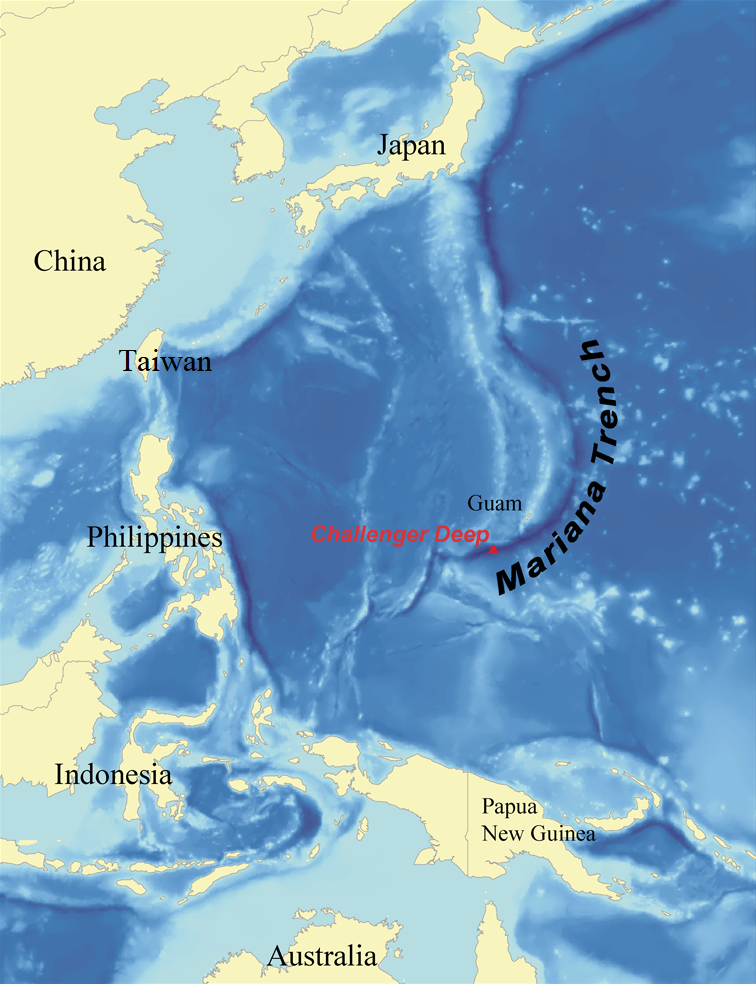
The Challenger Deep is the deepest point on Earth, located at the southern end of the Mariana Trench. Measuring its depth from the surface is challenging, but modern results indicate it is approximately 11,000 meters (36,000 feet) deep with only a margin of error of around 300 meters (1,000 feet). In 2010, the National Oceanic and Atmospheric Administration (NOAA) conducted a research study and measured the depth of Challenger Deep by sending sound waves, recording its full depth at 10,994 meters (36,070 feet).
In 2012, film director and deep-sea explorer James Cameron descended to the bottom of Challenger Deep and reached a depth of 10,898 meters (35,756 feet). However, researchers from the University of New Hampshire published a high-resolution seafloor mapping study in 2014, which revealed that Challenger Deep’s actual depth is 10,984 meters (36,037 feet). In comparison, Mount Everest is approximately 8,848 meters (29,029 feet) above sea level. This means the deepest part of the Mariana Trench is 2,147 meters (7,071 feet) deeper than Mount Everest’s peak.
Beyond the Challenger Deep, the ocean’s and Earth’s second-deepest point is also in the Pacific: the Horizon Deep in the Tonga Trench, which reaches a depth of 10,823 meters (35,509 feet). The third-deepest location, also in the Mariana Trench, is the Sirena Deep, situated 10,809 meters (35,443 feet) deep, approximately 200 kilometers (124 miles) east of Challenger Deep.
The width of the Mariana Trench is about 2,542 kilometers (1,580 miles), making it five times longer than the famous Grand Canyon. However, as it descends to greater depths, it narrows, with an average width of 69 kilometers (43 miles).
Since Guam is a U.S. territory and the Northern Mariana Islands are a U.S. Commonwealth, the United States has jurisdiction over the Mariana Trench. In 2009, George W. Bush declared the Mariana Trench a National Monument, providing protection for approximately 506,000 square kilometers (195,000 square miles) of surrounding waters, the seafloor, and remote islands. This protected area includes most of the Mariana Trench, 21 underwater volcanoes, and three islands.
How Was the Mariana Trench Formed?

The Mariana Trench owes its formation to the collision and subduction of two substantial oceanic plates. In subduction zones, these plates are forced and pulled beneath each other, leading one of the plates to descend into the Earth’s mantle, the underlying layer. At the point of convergence, a deep trench is carved into the sinking plate. The subduction of the Pacific Ocean plate beneath the Philippine plate is what created the Mariana Trench.
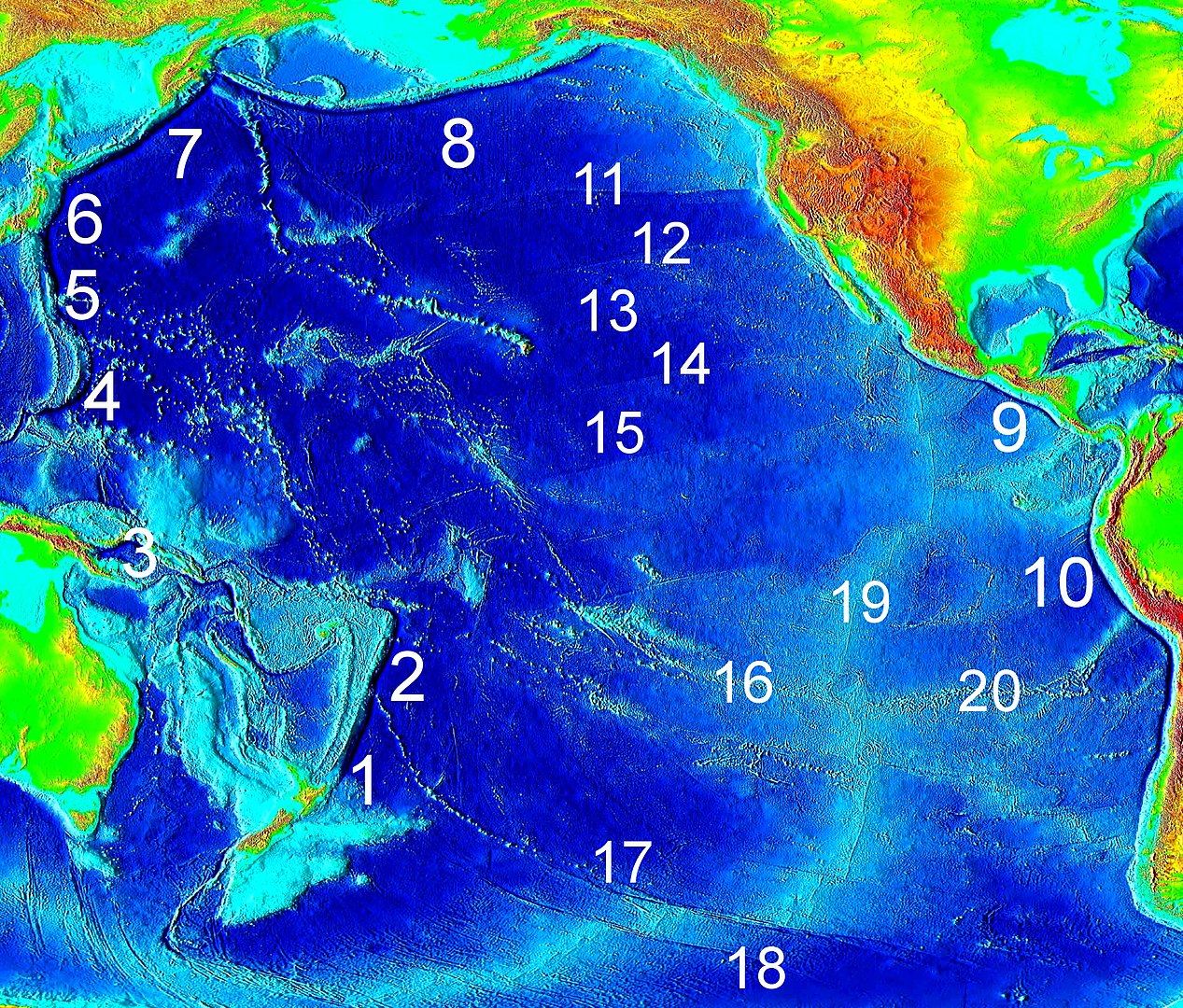
In subduction zones, the cold and dense oceanic crust plunges into the mantle and undergoes fragmentation. The section of the Pacific plate associated with the Mariana Trench is approximately 180 million years old and is recognized as a tectonic plate. In comparison, the Philippine Plate is younger and smaller.
Although the Mariana Trench represents the deepest point on Earth, it is not the closest point to the Earth’s center. Due to the Earth’s equatorial bulge, the radius at the poles is around 25 kilometers (15.5 miles) less than at the equator. Consequently, some sections of the seafloor in the Arctic Ocean are closer to the Earth’s center than the Challenger Deep.
The water pressure at the bottom of the Mariana Trench exceeds 700 kilograms per square centimeter. This immense pressure is over 1000 times greater than what is experienced at sea level, equating to the weight of approximately 50 jumbo jets stacked on an individual. The extraordinary pressure and extreme conditions prevailing in the Mariana Trench render it a unique and challenging environment for exploration.
Volcanoes in the Mariana Trench
The formation of the Mariana Trench is intricately connected to the volcanic chain that emerges from the ocean, ultimately shaping the trench and giving rise to the crescent-shaped arch of the Mariana Islands. Within this region, a multitude of submarine volcanoes are dispersed among the islands, contributing to the dynamic geological landscape.
One such example is the Eifuku submarine volcano, which releases liquid carbon dioxide from its chimney-like hydrothermal vents. The liquid expelled from these vents reaches an astonishing temperature of 103 degrees Celsius (217 degrees Fahrenheit). These hydrothermal vents are fascinating features that support unique ecosystems with organisms adapted to thrive in such extreme conditions.
In addition to the Eifuku volcano, scientists studying the Daikoku submarine volcano made a remarkable discovery—a pool of molten sulfur concealed beneath the ocean surface, situated just 10 meters (33 feet) below. This finding showcases the diverse and enigmatic nature of the geological processes occurring in this region.
The presence of these submarine volcanoes and hydrothermal features in the Mariana Trench area contributes to the fascinating and complex geological environment, making it an area of immense interest for scientific research and exploration.
Creatures in the Mariana Trench
Recent scientific discoveries have revealed remarkably diverse organisms living in the challenging conditions of the Mariana Trench. These animals, inhabiting the deepest regions of the trench, manage to survive in complete darkness and extreme pressure, making them quite distinct.
The Mariana Trench is highly limited in terms of food as it is far from any landmass. Leaves, coconuts, and trees rarely make their way to the bottom of the trench. Even dead plankton sinking from the surface travels thousands of kilometers to reach the Challenger Deep. As a result, some microbes in the region rely on chemicals like methane or sulfur for sustenance, while other creatures, like fish, follow the traditional food chain rule.
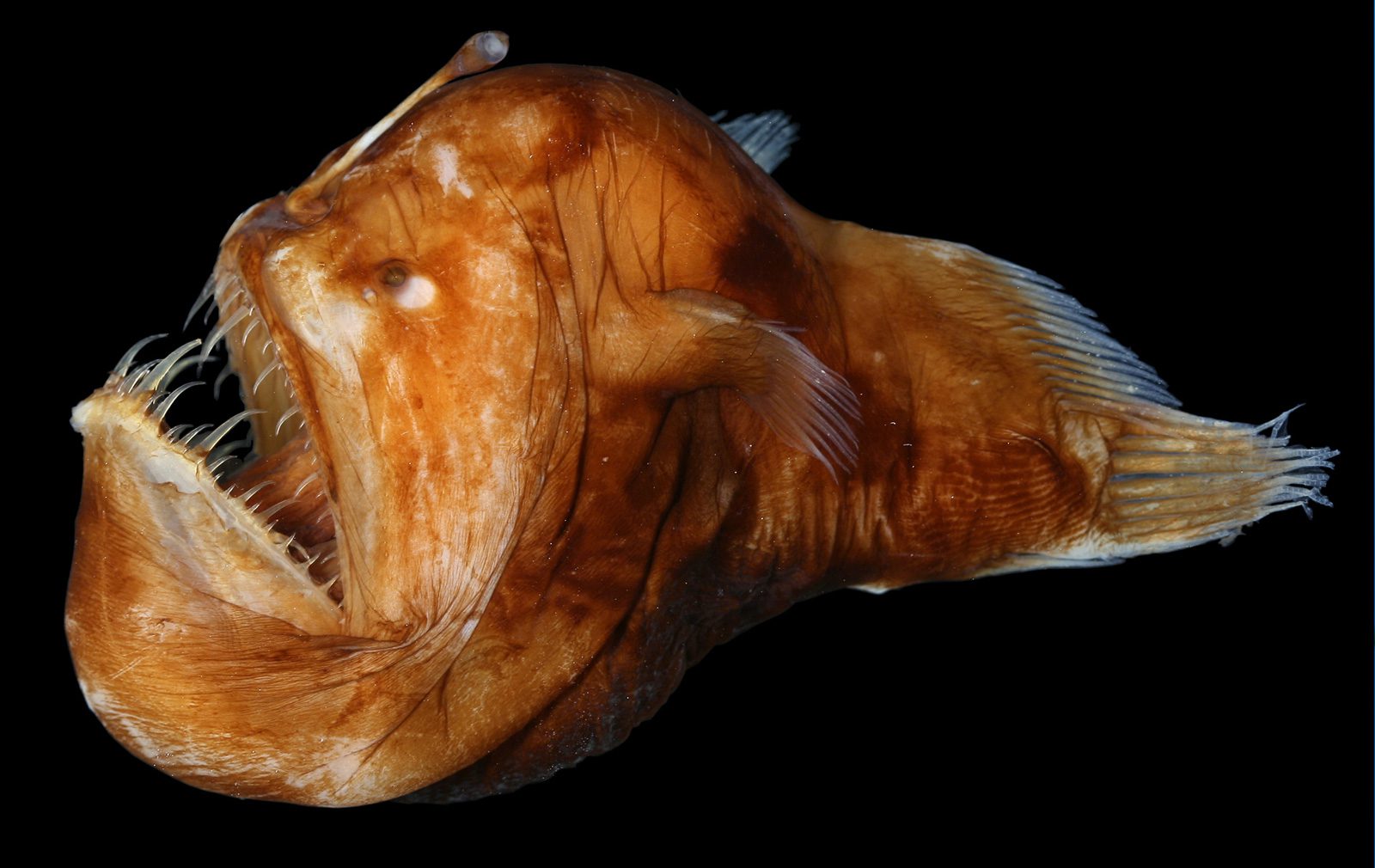
The three most common organisms found at the bottom of the Mariana Trench are monothalamea (a type of algae), amphipods, and holothurians (sea cucumbers). Monothalamea, single-celled organisms, resemble giant amoebas and feed by surrounding and absorbing their food. Amphipods are bright, shrimp-like cleaners found in other deep-sea trenches as well. The holothurian is a new, semi-transparent species within the sea cucumber family.
Scientists have also identified over 200 different microorganisms living in the mud collected from Challenger Deep. The mud was carefully preserved in specialized containers, mimicking the overwhelming cold and pressure, and later studied in laboratories.
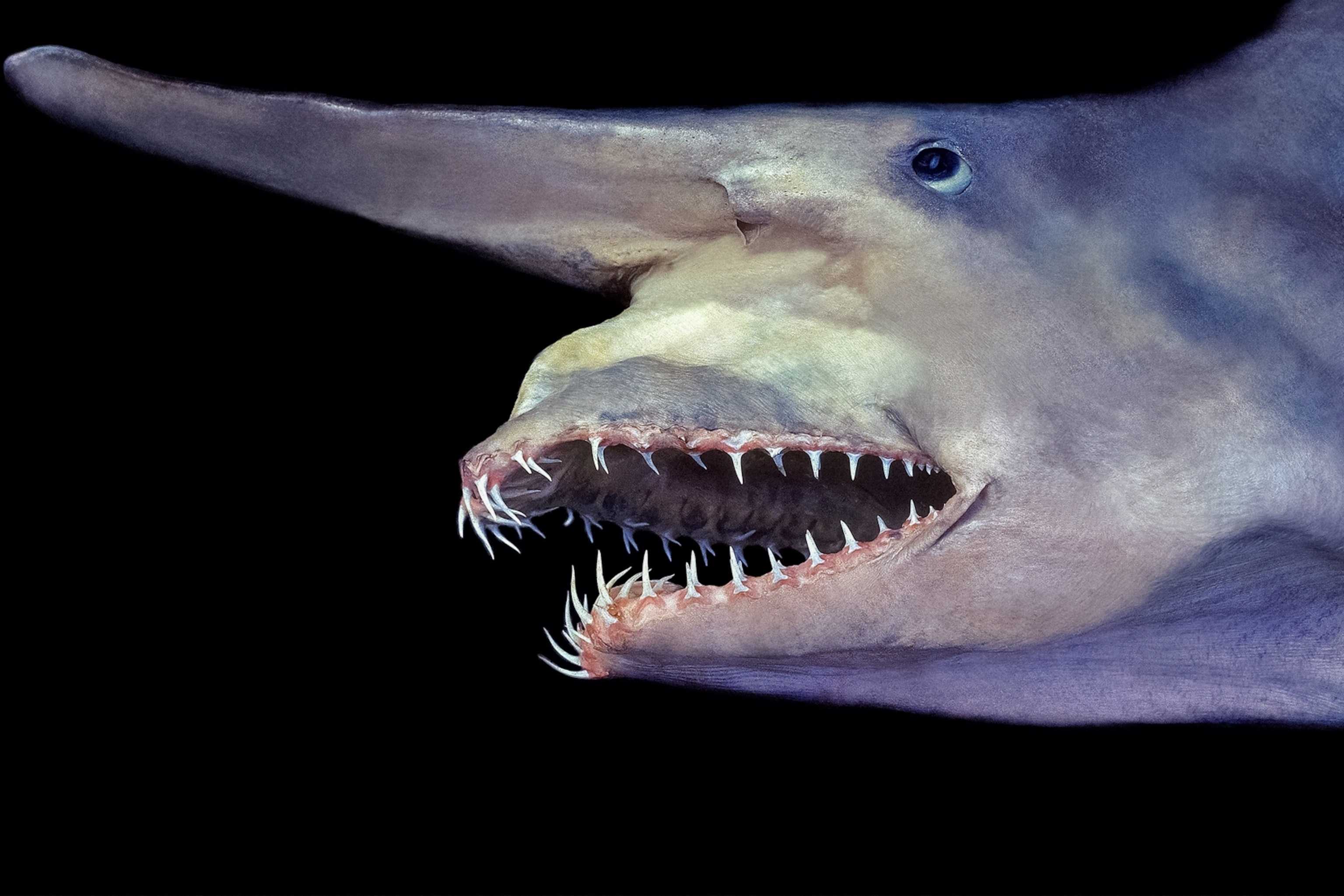
Researchers examining James Cameron’s 2012 dive in Challenger Deep observed microbial mats in the Sirena Deep, east of the Mariana Trench. These clusters of microorganisms feed on hydrogen and methane released from chemical reactions between seawater and rocks.
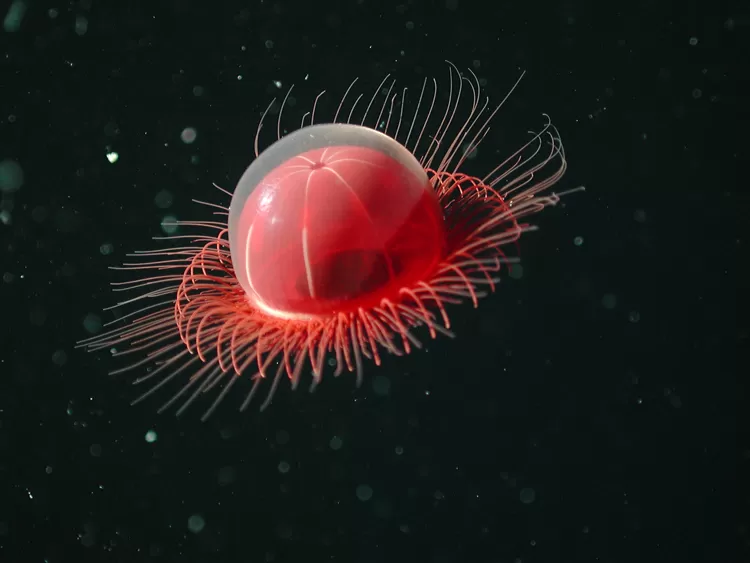
However, one seemingly vulnerable fish is one of the most predatory creatures in Mariana. In 2017, scientists collected a specimen of an extraordinary creature known as the Mariana snailfish (Pseudoliparis swirei) at a depth of 8,000 meters. What’s intriguing is that this small snailfish’s pink, scaleless body doesn’t appear to be well-suited for survival in such a harsh environment.

Yet this fish is full of surprises. Researchers found that it is the deepest-dwelling fish in the Mariana Trench, and it feeds on a rich abundance of invertebrates living at that depth. Being a predator at this depth gives it a relative advantage in terms of safety.
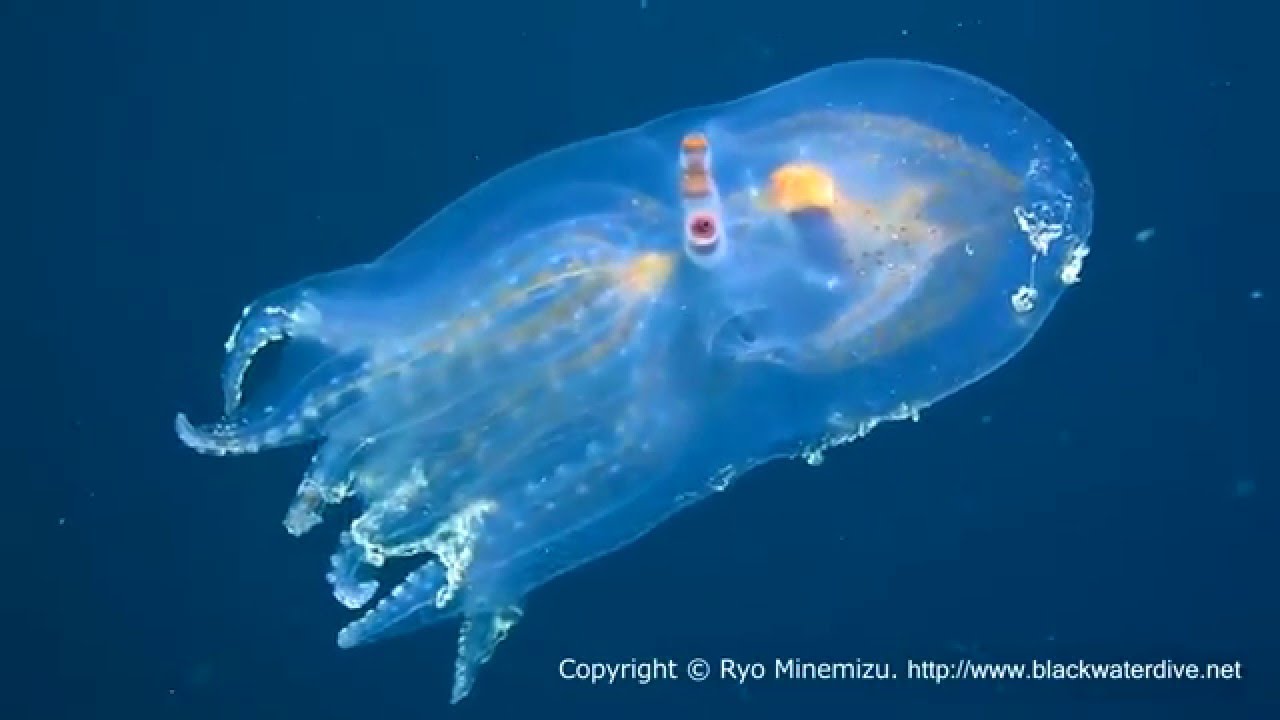
Other species found in this trench include the Goblin shark, which has only been observed around 50 times since its discovery in 1897, as well as the Fangtooth and Dumbo octopus.
Chronology of Mariana Trench Discoveries
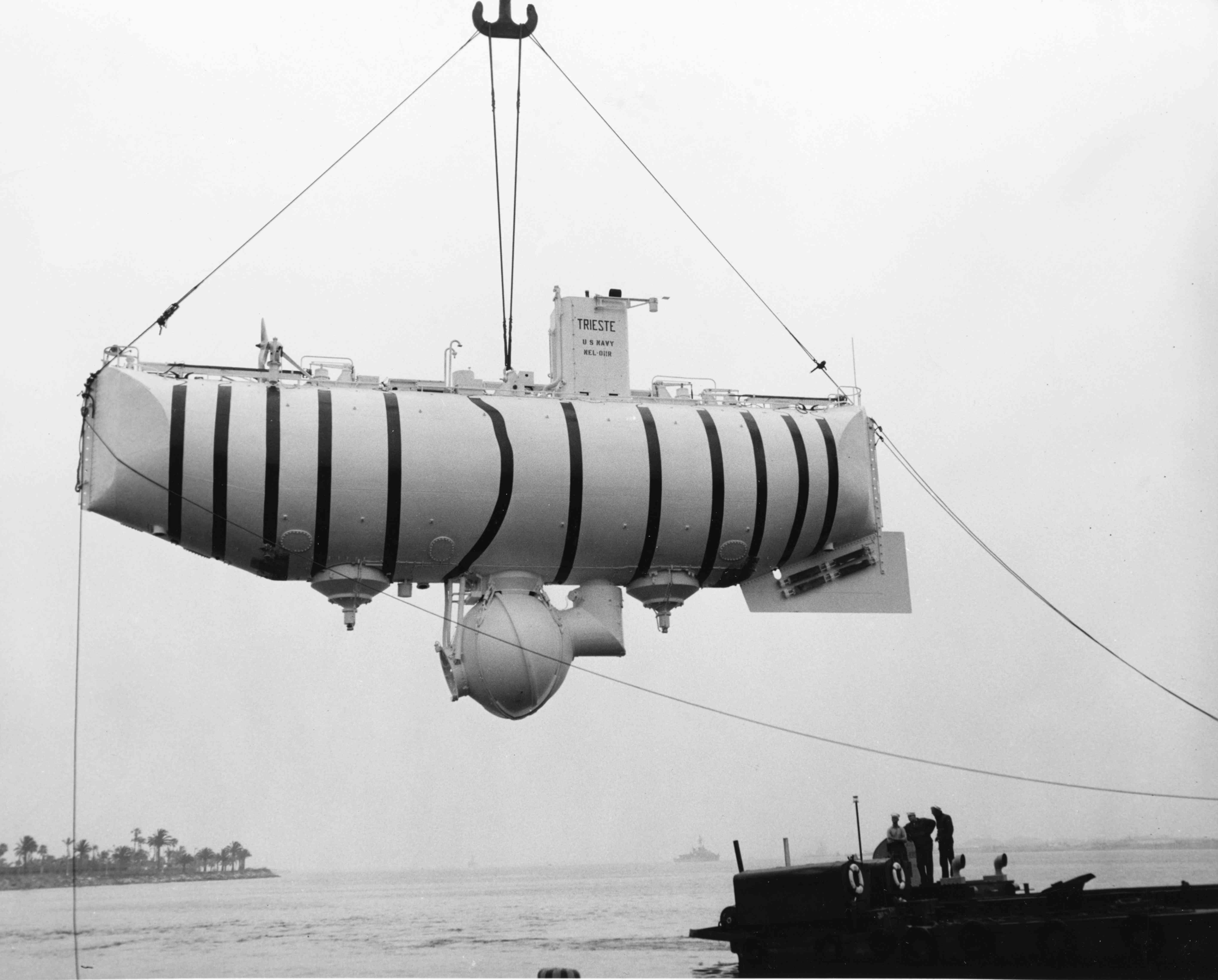
- The Mariana Trench, renowned as the deepest place on Earth, came into scientific awareness in 1875 when it was first discovered by the HMS Challenger expedition. Equipped with state-of-the-art sound equipment of its time, the expedition unveiled the trench’s remarkable depths.
- Further research on the trench was conducted in 1951 by the HMS Challenger II ship, leading to the identification and naming of the deepest point on Earth as Challenger Deep.
- In 1960, a momentous milestone was achieved when the submersible Bathyscaphe Trieste successfully reached the bottom of Challenger Deep. This historic dive was led by US Navy Lieutenant Don Walsh and Swiss scientist Jacques Piccard, marking the first time a vessel had ever reached such depths.
- Subsequent exploration of the trench continued, with the Japanese unmanned submersible Kaiko undertaking a significant mission in 1995. The Kaiko collected valuable samples and data from the depths of the trench, contributing to our understanding of this enigmatic environment.
- In 2009, the United States made another groundbreaking contribution to trench exploration by sending the remotely operated vehicle Nereus to the bottom of Challenger Deep. The vehicle conducted operations on the ocean floor for approximately 10 hours, gathering vital information.
- In 2012, deep-sea explorer James Cameron achieved a personal milestone when he reached the seafloor using the Deepsea Challenger submersible. However, due to a hydraulic fluid leak, he encountered difficulties and was unable to take any photographs during his descent. Following the expedition, the Deepsea Challenger submersible was generously donated to the Woods Hole Oceanographic Institution, contributing to further scientific endeavors and understanding of the Earth’s deepest reaches.
The Pollution Problem Facing the Mariana Trench
Indeed, the deep oceans, including places like the Mariana Trench, are not immune to pollution, serving as potential sinks for pollutants and garbage. A recent study conducted by Newcastle University has shed light on the persistence of chemicals banned from production in the 1970s that continue to haunt the deepest parts of the ocean.
The research focused on amphipods, shrimp-like crustaceans living in the Mariana and Kermadec Trenches, revealing alarmingly high levels of persistent organic pollutants (POPs) in their fatty tissues. These POPs include substances like polychlorinated biphenyls (PCBs) and polybrominated diphenyl ethers (PBDEs), which were widely used as electrical insulators and flame retardants. Despite being banned in the 1970s due to their harmful effects on the environment and health, these chemicals have lingered and accumulated in the ocean.
Industrial accidents and leaks from storage sites throughout the 1930s and 1970s released these pollutants into the environment. Due to their resistance to natural degradation, POPs can persist in the same area for decades. Consequently, even the deep ocean depths of the Mariana Trench harbor contamination levels akin to those found in heavily polluted industrial zones, such as Suruga Bay in the northwest Pacific.
The pollutants, including POPs and plastic waste, reach these remote deep-sea habitats through the sinking of dead organisms and the sinking of plastic waste. Subsequently, they enter the ocean’s food chain, leading to a concentration of pollution even in the most remote depths.
The presence of such extraordinary pollution levels in the Earth’s most isolated and deepest habitats serves as a stark reminder of humanity’s detrimental impact on the planet. Scientists are now diligently researching the consequences of this contamination on the organisms inhabiting these areas, as the implications of such pollution in these fragile ecosystems are a cause for concern.
Mariana Trench at a Glance
How deep is the Mariana Trench?
What is the Challenger Deep?
How was the Mariana Trench formed?
What is the Hadal zone?
What are the pressure and temperature like in the Mariana Trench?
References
- “Bathyscaphe Trieste | Mariana Trench | Challenger Deep”. Geology.com
- “James Cameron dives deep for Avatar”. Guardian, 18 January 201
